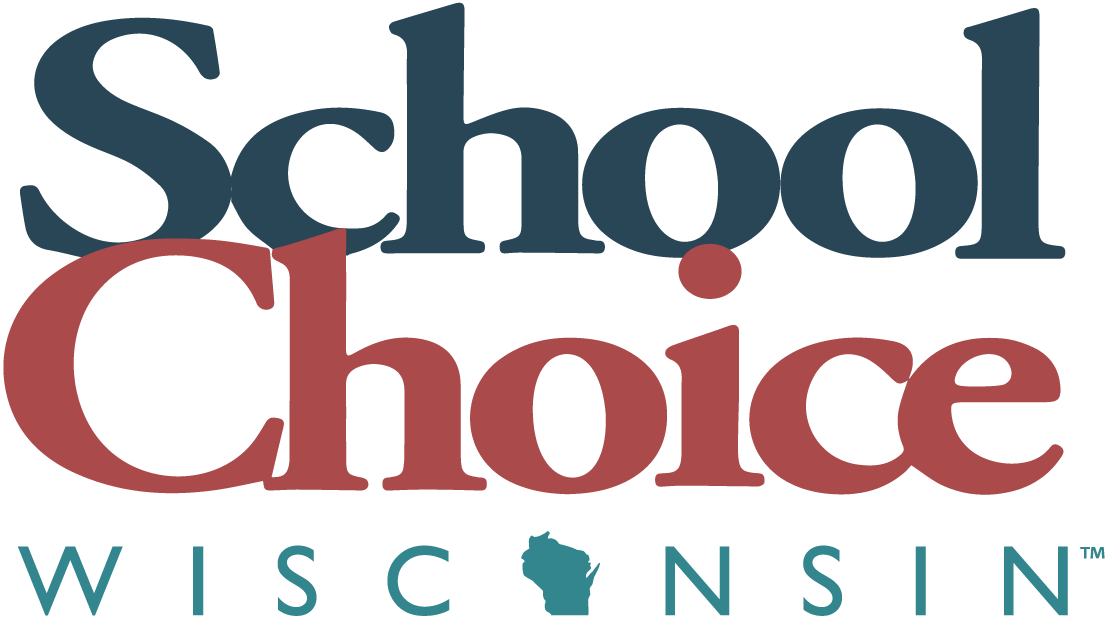History
History
School Choice in Wisconsin
30+ Years & Counting
Wisconsin is home to the nation’s oldest private voucher program. The Milwaukee Parental Choice Program (MPCP), created with bipartisan support in 1990, now provides education options to almost 30,000 students in Wisconsin’s largest city. The Racine program was added in 2011, the statewide program in 2013, and the Special Needs Scholarship Program in 2015. Today, nearly 52,000 students are receiving an outstanding education and have a brighter future because of the efforts of School Choice Wisconsin.
A Timeline
1990: The Beginning
The Milwaukee Parental Choice Program was conceived in 1989 in response to Milwaukee families who felt failed by the education status quo. The program was very controversial and faced heavy criticism. School choice champions, such as Polly Williams, Gary George, Susan Mitchell, and Howard Fuller, fought tirelessly on behalf of Milwaukee families, and in the end, succeeded. The nation’s first voucher program was created.
1998: Religious Schools Qualify
Educational choice means that parents have the right to send their child to the school that they believe is best for their child. Prior to 1995, a parent’s choice was limited to non-religious private schools. While the 1995 provision to allow religious schools to participate was controversial, it was eventually reaffirmed by the Wisconsin Supreme Court in 1998.
2002: School Choice Spreads
Milwaukee’s school choice model quickly became replicated across the nation. By 2000, ten years after the MPCP was created, Florida, Ohio, and Arizona had all created a school choice program. With school choice expanding, the issue of religious schools being allowed to participate in the program once again came under scrutiny. However, the issue was laid to rest in 2002 when the highest court in the nation, the U.S. Supreme Court, said that private schools were able to participate.
2005: MCPC Enrollment Cap Raised
School choice creates a marketplace. In 2005, the market was being pushed to its limits as the demand for the program was exceeding the supply. School choice advocates rallied in order to convince legislators that the program needed to be expanded. A successful “lift the cap” campaign was created. In the end, the legislature and governor removed the MPS percentage cap and instead replaced it with a raw limit of 22,500 students.
2011: Racine & Wisconsin Get Choice
By 2011, Governor Walker signed a budget that completely eliminated the enrollment cap for the MCPC. Additionally, the income qualifications were raised so that more families in Milwaukee were eligible to participate. The Racine Parental Choice Program, mirrored after the MPCP, was also created. The following budget, Governor Walker passed the Wisconsin Parental Choice Program which gave families across the state access to school choice. The RPCP and the WPCP both began with enrollment caps.
2015: The SNSP is Created
In 2015, the Special Needs Scholarship Program was created, allowing students with an approved IEP to receive a state-funded scholarship to attend a private school that is participating in the SNSP. In addition, the overall enrollment cap for the WPCP was removed, making all three of Wisconsin’s uncapped, although district caps still remain for the WPCP. By 2015, the number of students being served in Wisconsin’s parental choice programs exceeds 40,000.
2018: ACT Test Performance
Through state and national assessments, the academic performance of Choice students can be directly compared to the performance of their public school counterparts. In 2018, students in Wisconsin school choice programs outperformed their peers for the third year in a row on the ACT. With higher scores and lower costs, the continued growth of the programs is good for students and taxpayers in Wisconsin.
2020: Support for School Choice Strengthens
In 2020–21, student enrollment in Wisconsin School Choice programs grew to more than 55,000 students. In a recent poll, 54% of people in Wisconsin support Choice programs while 41% oppose them. For those under 45 years of age, 57% support while 37% oppose.
What Began in Wisconsin has Gone National
Today, there are 76 parent choice programs in 32 states, plus the District of Columbia and Puerto Rico, that serve 1.4 million children. The pandemic fueled explosive growth. The Wisconsin gains were hard-won. Key to success was a coalition of parents who wanted their children to succeed, business leaders who needed educated workers, and religious and community leaders seeking a stronger city. It was a coalition of strange bedfellows that crossed political, socio-economic, religious, racial, and ethnic lines. The opposition was fierce. In the 1990s the coalition faced regulatory and legislative assaults and withstood multiple court challenges. The victories helped pave the way for a 2002 U.S. Supreme Court win. We are grateful to the elected officials, generous philanthropists, and the many friends and advocates who are responsible for this progress. We salute the leaders in other states who have made such remarkable gains.
 Skip to content
Skip to content